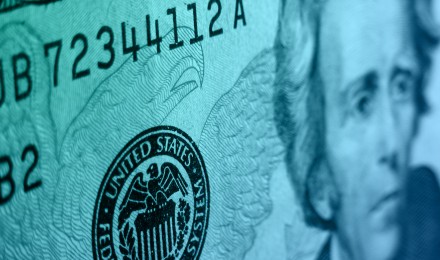In addition to flattening homes in New Jersey and New York and causing massive damage in 22 other states, Hurricane Sandy also flattened income and consumer spending for the month of October 2012.
The United States Department of Labor (DOL), Bureau of Economic Analysis (BEA) released the October 2012 personal income and spending reports on November 30, 2012. Personal income was flat in October following a 0.4 percent increase in September. According to the BEA, work interruptions caused by hurricane Sandy were the reason that private wages and salaries fell. After adjusting for inflation and taxes household incomes stepped back 0.1percent following a flat September. Nevertheless, the rate for personal savings rose by 1/10 of a percent to 3.4 percent compared to September.
According to this latest report from the BEA, consumer spending, lessened for the first time in five months. It fell 0.2 percent after seeing a 0.8percent spike in September. According to the Department of Labor, Sandy’s impact was partially responsible for the decrease. The 0.3 percent decline in consumer spending was the largest decline since September 2009. The decrease in consumer spending, which makes up about 70 percent of all United States economic activity exceeded economists’ expectations. Economic experts had believed that consumer spending would be flat, but not decline. The auto industry was badly interrupted by Sandy, but experts believe that the drop in overall spending was in part a result of weak economic fundamentals.
The economy did grow by 2.7 percent in the third quarter following a quarter that recorded only 1.3 percent growth. However, economists point out that a good portion of the increase came from healthy government spending and restocking of goods, activities that are not likely to recur for the final quarter of 2012. Economists warn that growth for the last quarter of 2012 could be hindered by the aftereffects of Sandy. They also fear that automatic deep cuts in government spending with increased taxes could remove as much as $600 billion from the economy in early 2013 should Congress and the administration fail to agree on a more reasonable plan to reduce budget deficits.
One bright spot in the report from the Bureau of Economic Analysis is that the price index for personal consumer expenditures (PCE) only rose by 0.1 percent after rising 0.3 percent in September.
A nearly $0.30 drop in gasoline prices was instrumental in keeping inflation restrained for October. In the 12 months through October, the PCE rose by 1.7 percent, though this was the largest gain since April. It is below the Federal Reserve’s inflation target of 2 percent, which indicates that the actions of the Federal Reserve, including buying $40 billion worth of mortgage-backed debt each month is working towards keeping lowered borrowing costs and keeping inflation within its target.
Take away:
- October personal income unchanged from September.
- October consumer spending fell 0.2 percent.
- Spending drop largest since 2009.
- Annual inflation is less than 2 percent.
Expect fourth-quarter economic growth for 2012 to be weak based on BEA report.







